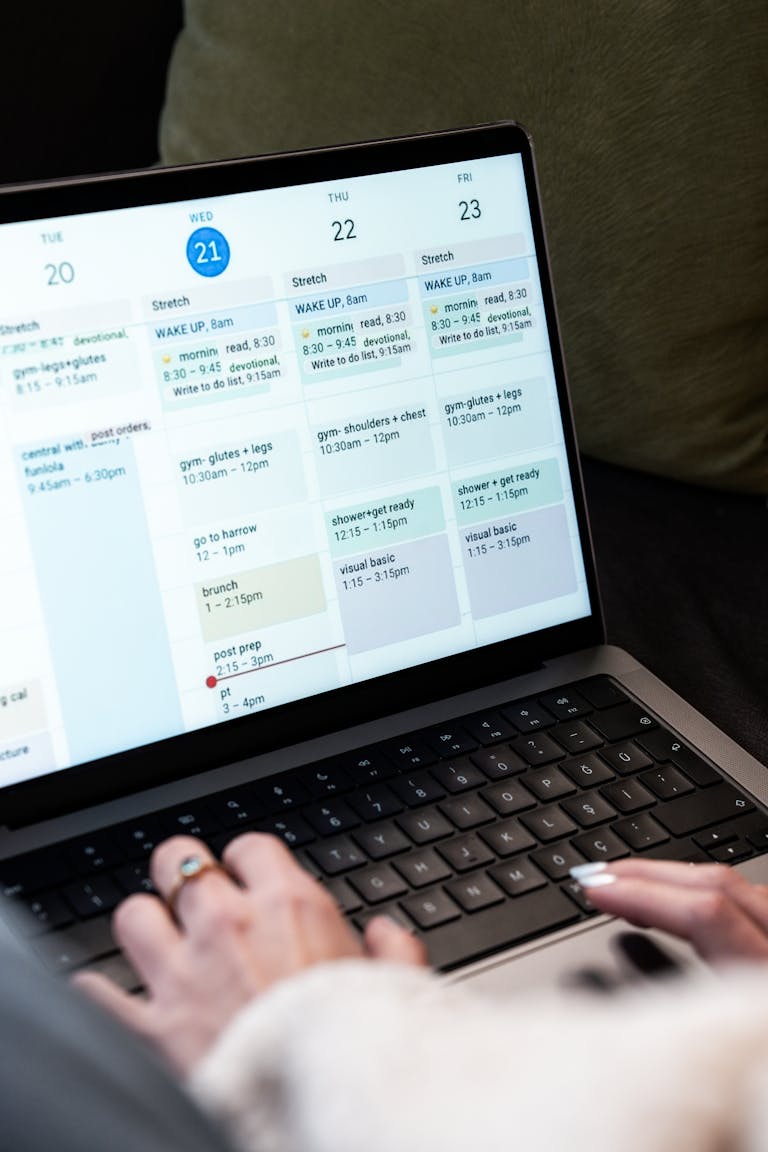Brainstorming is a powerful tool for problem-solving, innovation, and creative thinking. Yet, without structure, it can easily lose effectiveness. By developing strong brainstorming habits, you can ensure that your sessions consistently generate valuable ideas — whether you’re working alone or leading a team. Here’s how to build habits that will make your brainstorming sessions highly productive.

1. Define Clear Objectives
Before the session begins, establish a clear and specific objective. Knowing exactly what you’re aiming for keeps creativity directed and prevents wandering discussions.
Pro Tip: Write a simple, focused problem statement to guide your ideation.
2. Foster a Judgment-Free Environment
Nothing kills creativity faster than fear of criticism. Set a ground rule that all ideas are welcome — even wild or seemingly impractical ones.
Pro Tip: Remind participants that breakthrough ideas often come from unexpected places.
3. Use Brainstorming Techniques
Incorporate structured methods to boost idea generation:
- Mind Mapping: Start from a central idea and branch outward.
- SCAMPER: Explore Substitute, Combine, Adapt, Modify, Put to another use, Eliminate, Reverse.
- Rapid Ideation: Set a short time limit for quick-fire idea generation.
Trying multiple approaches can lead to a broader range of ideas.
4. Set a Time Limit
Short, intense sessions (around 15–30 minutes) encourage focus and help maintain high energy levels.
Pro Tip: Use a timer to stay on track and prevent the session from dragging.
5. Build on Each Other’s Ideas
Instead of moving quickly past each suggestion, encourage additive thinking. Build upon each idea to evolve simple thoughts into fully-formed solutions.
Use phrases like: “Yes, and what if we also…”
6. Visualize Your Thoughts
Use whiteboards, sticky notes, or digital mind maps to visualize ideas. This helps participants spot patterns and relationships between concepts.
Pro Tip: Group similar ideas together as the session progresses for better organization.
7. Capture Every Idea
Assign someone to document every idea, even ones that seem off-topic. Sometimes dismissed ideas can spark innovation later.
8. Conclude with Action Steps
Wrap up your brainstorming session by identifying 2–3 top ideas and assigning specific next actions. Without follow-through, brainstorming is just wishful thinking.
Pro Tip: Rank ideas by impact and feasibility to prioritize quickly.
Q1: How often should I conduct brainstorming sessions?
A1: Regular sessions — weekly or bi-weekly — maintain a steady flow of creative energy.
Q2: Is solo brainstorming effective?
A2: Definitely. Techniques like mind mapping and rapid ideation work excellently for individuals.
Q3: What if a brainstorming session fails to produce strong ideas?
A3: Switch techniques, reframe the problem, or change the environment to spark fresh thinking.
Ready to supercharge your creativity and problem-solving skills? Start applying these brainstorming habits today and watch your ideas evolve into actionable successes! Explore our recommended brainstorming tools and productivity guides to take your sessions to the next level.

I’m EKBAL HOSSAIN MONDAL, the creator of SmartSolveTips.com — a blog dedicated to helping people improve productivity, avoid digital burnout, and live better online. With years of hands-on experience in self-development and digital wellness, I write practical tips and tools to help you stay focused and thrive in a fast-paced digital world.






